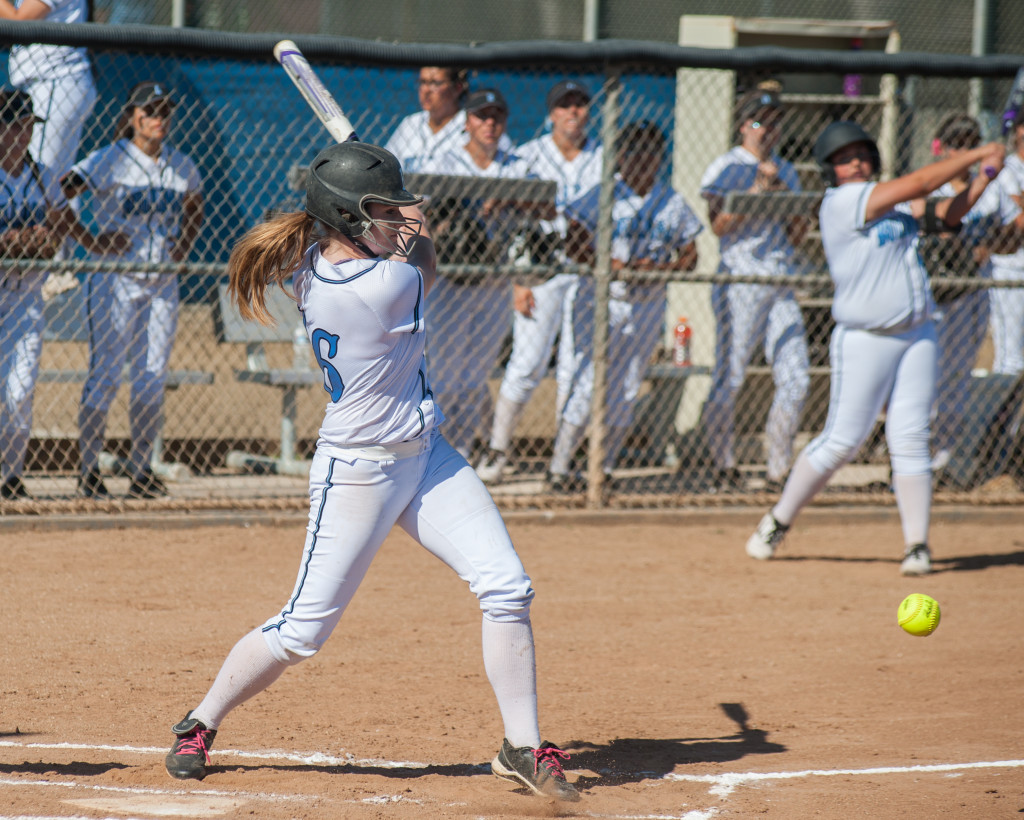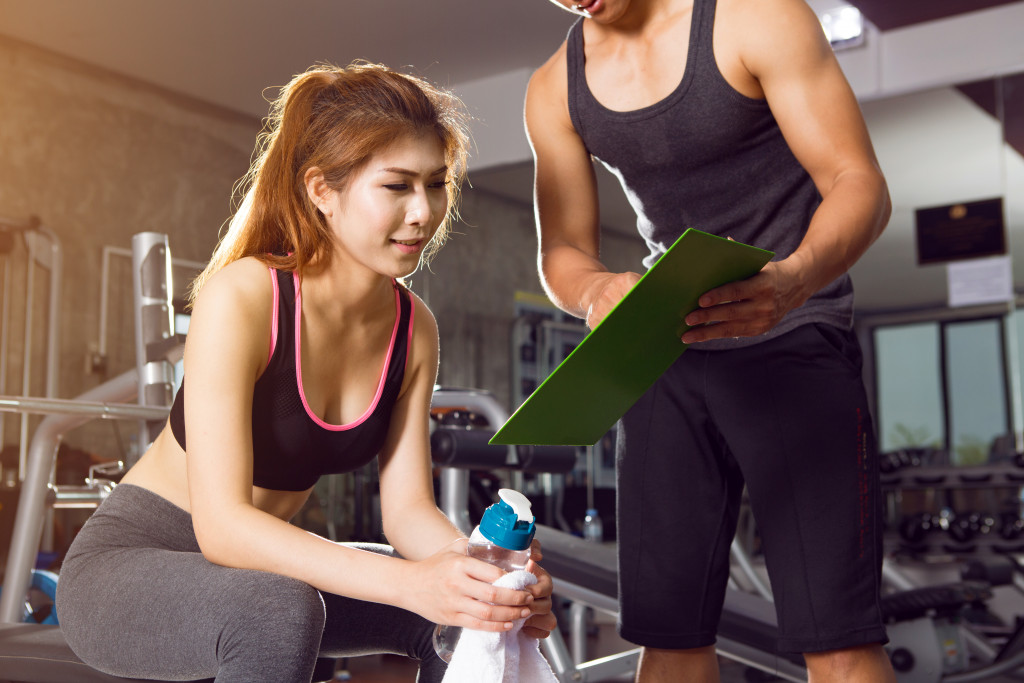Modern technology is helping improve almost every aspect of human life, including athletics. For athletes, technological innovations have proven extremely useful in various factors of performance, such as speed, agility, strength, and health, among many others. As a result, they are better able to train more efficiently, take care of their health, and, of course, perform better in competitions.
Here are some of the technologies that are helping the athletes of today achieve more in athletic performance:
1. Radar guns
To accurately measure the effectiveness of a pitch, players need a radar gun in baseball. The speed of the ball is not the only important factor in the quality of a pitch; a pitcher must also perfect their velocity to achieve winning curveballs and slurves. High-quality radar guns help pitchers get their pitch right, whether the goal is to achieve the maximum amount of speed or change their trajectory perfectly.
2. Wearable hydration trackers
The advent of wearable technology has made it easier for people to track their health, from monitoring heart rates to tracking hydration levels. For athletes, maintaining adequate hydration is one of the key pillars of good performance and the prevention of illness. Wearable hydration trackers make monitoring easier as they help athletes know when to drink, how much to drink, and even what to drink at certain points of the day.
3. Hydrodynamic clothes
Hydrodynamics refers to the study of reducing resistance in the water. For swimmers, hydrodynamic swimsuits make use of material that cause less resistance in the water, helping them swim faster and more efficiently. This type of technology can also help athletes from non-water-related sports train in the water to help build their strength and agility without being too burdened by resistance.
4. Team performance analytics
Before, coaches had to rely on manual records to assess their teams’ performance. Today, team performance analytics programs are available to help coaches track each athlete’s performance and formulate better training programs based on their data, both as individuals and as a whole.
5. Sleep analytics
Sleep is a vital component of everyone’s health, but it is much more important for athletes who need sleep to repair muscles and regain strength for optimum athletic performance. Sleep analytics can help athletes track what time they sleep, how much sleep they get, and the quality of their sleep. Using this data, athletes can know if they need more sleep and if they need to improve the quality of their sleep.
6. Nutrition apps
Nutrition is another important factor for athletic performance. Using nutrition apps, athletes can easily track what they eat and how much. These apps also allow athletes to input their weight, height, and desired body weight to determine how many calories they need per day to lose, gain, or maintain their weight.
7. Virtual reality
Virtual reality and gamified training can help supplement real-life training for athletes and improve their performance, even while they are at home. Furthermore, VR can be handy for athletes recovering from injuries and cannot participate in real-life training just yet.
8. Swing analytics

Swing analytics programs use motion capture and video analysis to help golfers try various swing techniques and improve their posture. This type of technology can also be useful for other sports where swings are crucial, such as tennis, badminton, and baseball.
9. Respiratory monitoring
Athletes need proper respiratory monitoring to maintain their health and boost athletic performance. Luckily, respiratory monitoring technologies today monitor an athlete’s respiration to pick up coughs, wheezes, and other irregularities in breathing. The data collected is then combined with heart rates, activity levels, and respiratory rates to provide a complete picture of an athlete’s respiration.
10. Smart clothing
Smart homes, smartphones, smart cars—and now we have smart clothing, too. Smart clothing features sensors that measure the body’s performance during exercise, including muscle activity and exertion levels. Using this data, athletes can better tweak their training programs and be alerted of potential injuries, such as muscle cramps or sprains, before they occur.
11. Online learning
More than hard work and natural talent, athletes need to have a good understanding of factors that affect their performance, including sleep, nutrition, physiology, and mental health. Online learning or blended learning makes it easier for athletes to find information that they need—all at a single click.
Athletes of all types can and should leverage technology that has the potential to help them improve their athletic performance. While these are not the only solutions they can take advantage of, the technologies that we have highlighted in this article are some of the best—and often the most effective.

